Sand Fleas
What are Sand fleas?
Sand fleas are small crustaceans that are usually found on the beaches, in deserts, marshes, and along the coastal regions. They can turn your fun-filled beach holiday into a horror story with just a bite. These disgusting and obnoxious creatures usually prefer to live near seaside habitat; however, the female breeding flea can burrow itself into your skin in order to hatch eggs. Scary, isn’t it? This is why, it becomes important to understand these fleas better, look for ways to prevent yourself from their bites and the treatment just in case you get bitten by them. Scroll down to keep reading!
Identification: What do Sand fleas look like?
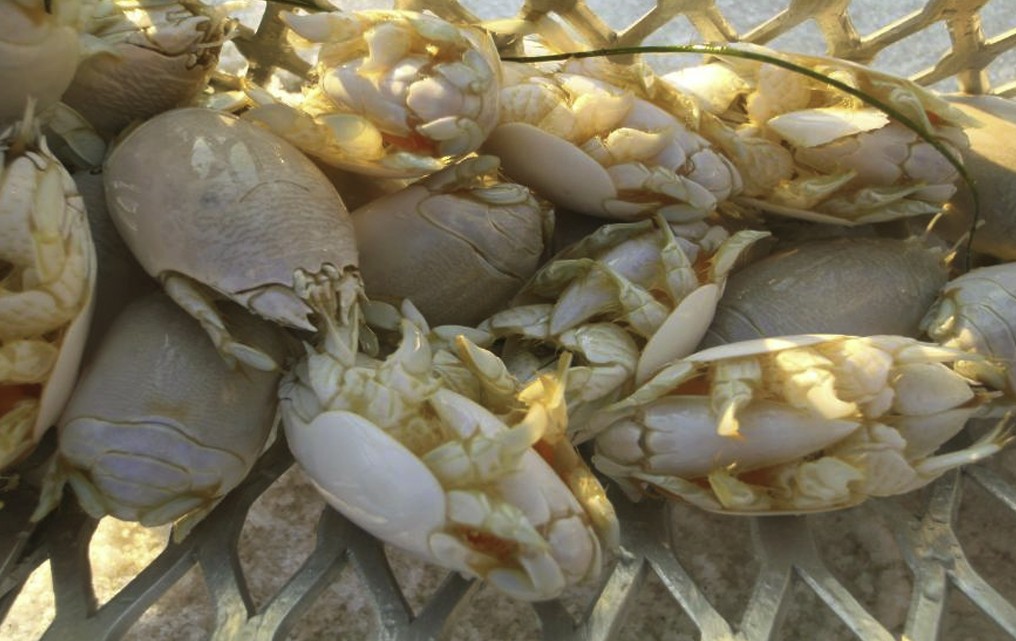
Picture of Sand fleas
Sand fleas are creepy creatures that are approximately 1.5 inches in length when seen through a microscope. There are long antennae on their front and solid exoskeletons that are segmented. They are hairy, have pierced mouthparts and six legs. Unlike animal fleas, the eyes of sand fleas are clearly visible. They can jump, squirm and burrow themselves into the skin of their host. Sand fleas are usually weak flyers and can hop up to 20 cm -40 cm. The sand fleas look like insects, but actually, they are crustaceans. The young fleas are typically light tan, brown or black in color and the adults usually have a translucent tan, cola brown, grey or white color.
What do Sand fleas eat?
The adult sand fleas are fond of blood and love to feed on humans, reptiles, livestock, birds, dogs, rodents, and amphibians. They also feed on seaweed, organic matter, and other debris. The female breeding fleas burrow itself inside the skin of its host and will stay there until the eggs are hatched.
Do Sand fleas bite?
Although Sand fleas are tiny creatures, they do bite humans, and the people who actually got stung by these crustaceans will tell you how painful their bites are. Since Sand fleas can only jump 20 cm- 40 cm, these creepy creatures will most likely bite your feet, ankles or legs unless you’re resting down in the sand.
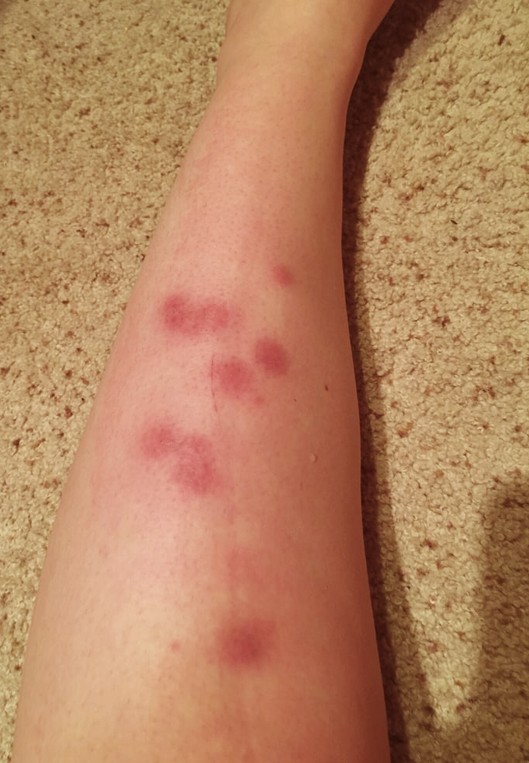
Sand flea Bite
Sand fleas mostly remain active during evening, night or at dawn, so the chances of you getting bitten by them get higher if you’re roaming on the beach particularly at that time. So, if you notice welt-like bites on your lower body that resemble mosquito bites, you have probably become the victim to Sand fleas.
Though the bites are usually small and disappear by themselves within 4 to 7 days, they can cause a lot of trouble if left untreated. This is why it is always advised to consult a doctor as soon as you detect the symptoms of a Sand flea bite so that you can get better before the condition worsens as Sand fleas carry many diseases and viruses. Just so you know, if you take your pet along for a walk on a beach, they too can become victim to these nasty creatures as they even love to bite mammals.
How dangerous are Sand fleas?
There are basically two types of bites that the Sand fleas can give on your skin. The first one isn’t worrisome as it resembles a mosquito bite. This happens when the flea feeds on your blood and injects its saliva into the skin, thereby causing an allergic reaction that gives rise to welt-like bites that bring irritation, itching, pain, and discomfort.
The second one is no less than a horror story. The breeding female fleas actually burrow themselves into the skin in order to lay eggs. Scared aren’t you? And believe us, it feels even more pathetic when it happens than it sounds. Apart from regular itching, pain, and allergy, these kinds of bites can cause severe fever, infections, and other inflammatory diseases such as tungiasis. Therefore, as soon as you spot a swollen area with black spots in the middle, get in touch with a doctor because nobody else can help you in this situation except a medical professional. However, if the symptoms are not so severe, you can easily treat them by yourself using the below-mentioned tips and suggestions:
- Do not scratch the bites. We understand it’s easier said than done since these bites cause a lot of irritation and itching and scratching happens naturally but still try to avoid it because doing so might open up the bites which can make the affected area more vulnerable to infections.
- One of the best ways to reduce the itchiness caused by Sand fleas bites is to apply calamine lotion on the affected area. This will help soothe the skin and reduce the swelling pain. You can also apply the hydrocortisone cream or take some painkillers but do not forget to consult your doctor first especially if you’re pregnant, on medications or under the age of 10.
- You can apply a baking soda and water paste on the affected area or pour some baking soda in a tub filled with cold water and soak your entire body into it. This will definitely help soothe the sand flea bites.
- Add some oat flour or oatmeal in a tub filled with cold water and soak yourself into it. The antioxidants present in oatmeal will help you feel better. Make sure the water is not hot because it might worsen the situation.
- Aloe vera has great healing properties so all you need to do is apply some Aloe vera gel to the affected skin and wait for its magic to work.
- Certain essential oils can also help you come out of this itchy and painful situation. You can apply cedar oil, lavender oil, eucalyptus oil or tea tree oil but knowing the proper dosage of these oils is very crucial.
The symptoms of sand fleas must decrease by following the tips mentioned above. However, if the situation is not getting any better, it’s best to seek medical attention. Also, it is very important to know the type of bite sand flea has given you. If it’s a red mosquito like bite, it’s okay to treat it by yourself but if you notice black spots in the middle of a swollen area, a female flea has probably burrowed itself inside your skin in order to hatch eggs. In this case, contact a doctor without delay and get the flea and the eggs out of your skin as soon as possible.
Pictures of Sand Fleas
Looking for more Pictures of Sand fleas? Here are few more:
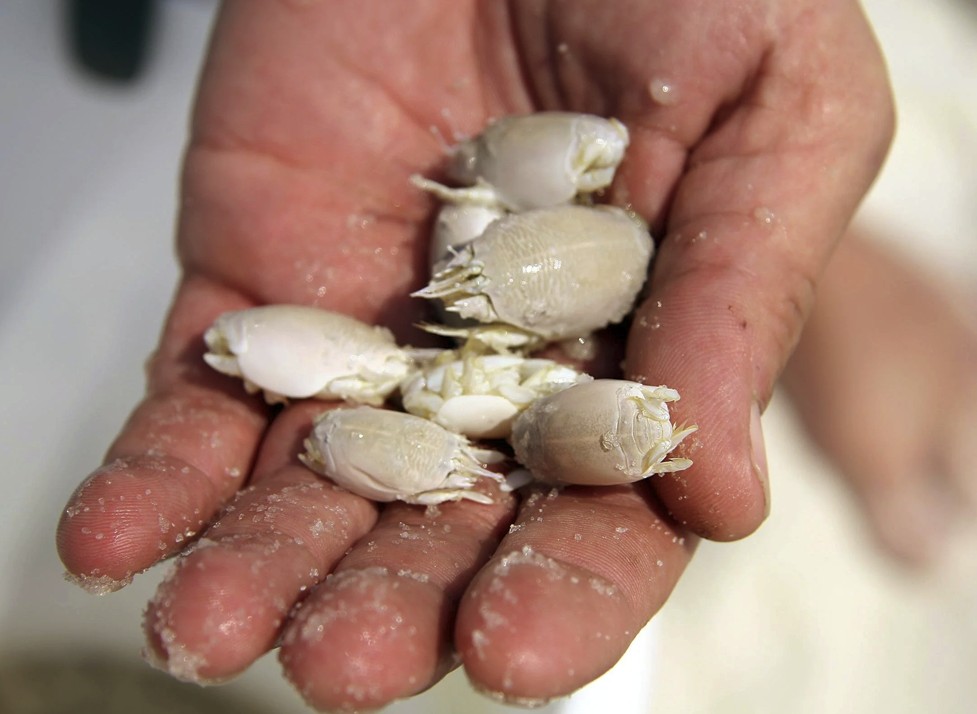


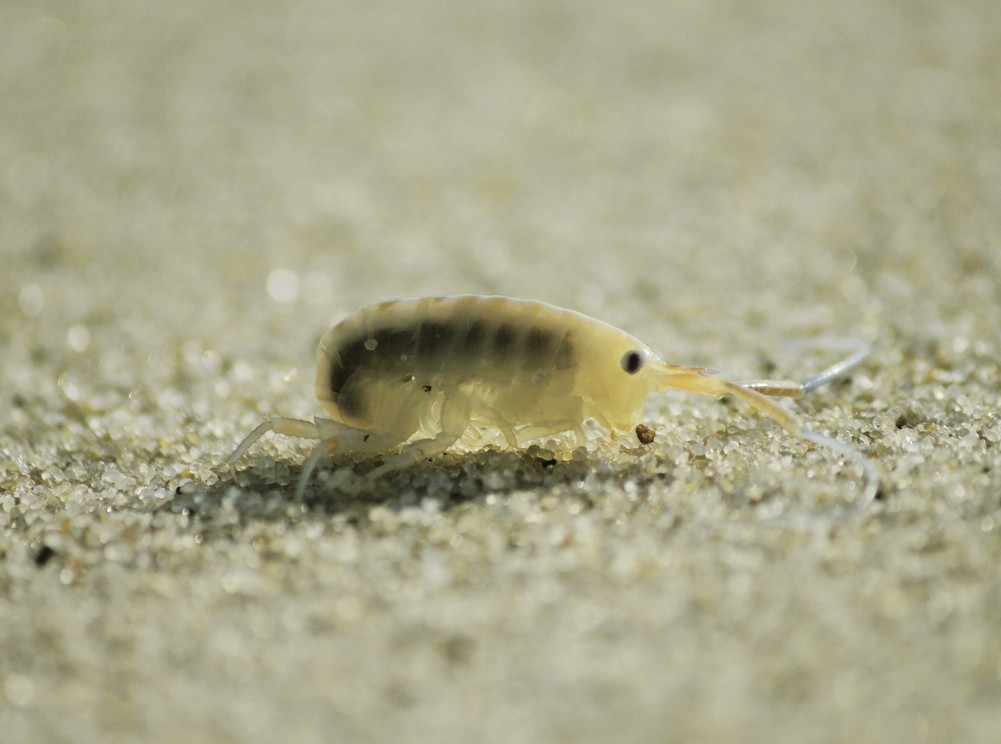
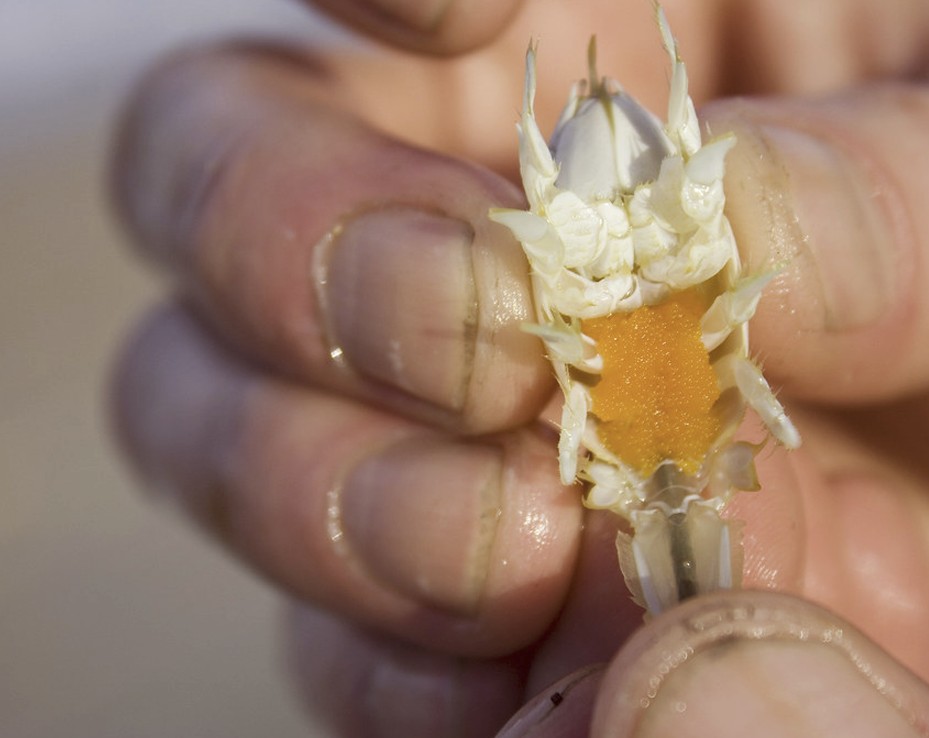
How to get rid of Sand fleas?
The best way to get rid of sand fleas is to avoid them. Once you get bitten by these creepy creatures, the pain might become unbearable, so it’s better to prevent their bites. After all, prevention is better than cure. In order to avoid getting bitten by sand fleas, pay attention to the tips mentioned below:
- Avoid going to the beach during early mornings or evenings when the weather is cool and moist as sand fleas remain most active during this time only. For the same reason, don’t visit the beach after the rain. The best time to go to the beach is when the temperature is warm and dry.
- Apply an effective repellent on your skin before going to the beach. This will not only ward off the sand fleas but also prevents bites from other insects. Keep re-applying the repellent as often as you can to keep it impactful.
- Do not forget to keep your feet, ankles, and legs covered. Yes, we understand that nobody wants to go to a beach fully-covered in clothes but at least try to wear long shorts or light pants. Also, put a towel or blanket as a barrier between your body and the sand so that sand fleas fail to reach you when you’re lying on the sand.
- You can also avoid coming in contact with the sand completely by sitting on a lounge chair.
- Since sand fleas feed on seaweeds, try to not go near areas where seaweeds are in great numbers as the probability of sand fleas in that particular area is quite high.
Interesting Facts
- Unlike real fleas, sand fleas won’t come along with you to your house or hotel room as they like to stay on the sandy beach only.
- It takes about five weeks for an egg to transform into an adult sand flea completely.
- Sand fleas go through four crucial stages of development- eggs, larvae, pupae, and adult.
- Sand fleas bite might result in various diseases, including Visceral leishmaniasis, Vesicular stomatitis virus, and Carrion’s disease.
- Beach hopper, sand hopper, punkies, and beach flea are few of the names sand fleas are commonly known with.
So, we hope by now you’re fully acquainted with sand flies. We wish you never meet these tiny but quite dangerous crustaceans in person, but just in case you do, there is no need to worry about. Just follow the tips and suggestions given in this article to prevent yourself from a sand flea bite and treat it if you get bitten by them.
